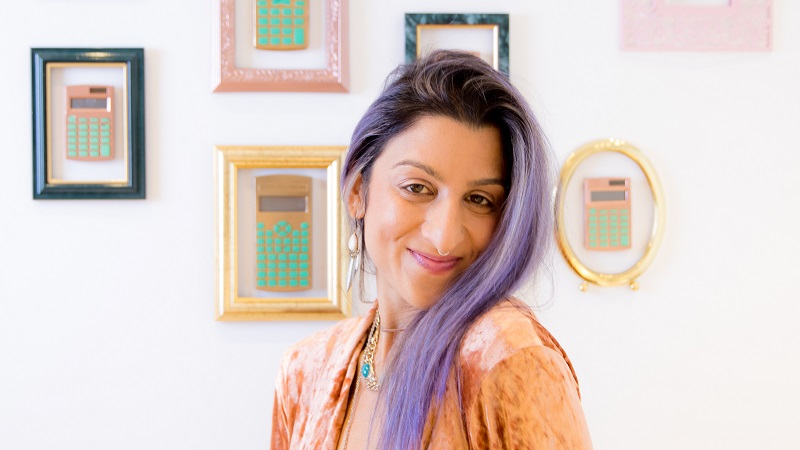Earlier this month, the world celebrated International Women’s Day, but there is still a long way to go before gender equality is commonplace, especially in the male-dominated world of finance.
A recent piece in The Telegraph carried the headline, ‘Not since the Pankhursts have we faced such inequality’, which on the surface might appear extreme, clickbait even, but it is not wrong. Indeed, the story was about a report unearthing the disproportionate financial impact the Covid pandemic has had on women, which experts fear could take decades to repair.
Recent figures from the Office for National Statistics reveal that twice as many women than men aged 25-34 have been made redundant. Even before the pandemic, women in the UK did on average 1.8 times more unpaid work than men, according to the United Nations, and with the closure of schools and childcare issues during lockdown, this is getting worse.
One in three working mothers lost her job in the past year due to the increase in unpaid work needed to be done at home.
UN Women deputy executive director Anita Bhatia says this situation puts women at “real risk of reverting to 1950s gender stereotypes”. But what happens in an industry that is already male dominated?
Change the mindset
According to the Financial Conduct Authority, women make up roughly 17% of the finance industry (Nov 2019). What is more worrying is that this percentage has changed little since 2005. When looking at just senior roles, the number of women in positions of power is 3%. This is not even taking into consideration non-binary individuals or the impact of race.
There are plenty of initiatives to encourage women to start a career in finance, but why aren’t these working?
Statistically, girls aged 15-16 in the UK outperform boys in school. Since 2000, girls have received higher GSCEs results. When it comes to maths, often considered a subject for boys, 78% of girls received a grade between 9 and 4 (A* to C) last year, compared with 76% of boys.
This difference is even more marked when you look at science and maths, with 72% of girls gaining a grade between 9 and 4, but only 68% of boys receiving grades within the same range. Despite this, only 38% of individuals studying maths at degree level are female.
Maths is not just for boys
Last Word Research asked Vanessa Vakharia (pictured), the Math Guru, why she thinks women often decide not to pursue careers in finance and mathematics. She believes the way in which the subject is portrayed in popular culture is key. We are rarely presented with a young woman who is both good at maths and a well-rounded individual. Often the girl who excels at maths is at best a 2D character, at worst the butt of the joke.
Vakharia says: “Babies come out of the womb interested in maths, they are curious, they are solving problems, and somewhere along the way most young women are told maths is not for them”.
Trium Capital vice-president of sales and investor relations Eleri Rhidian agrees, noting what really stands out to her is the lack of confidence many young women have with maths.
“Often they are achieving similar grades to their male counterparts but simply don’t have the belief they will be successful if they carry it on.”
Rhidian says we need to move away from this idea that maths is a subject for boys and instead “focus on building confidence and reminding girls of the fantastic career opportunities in finance, and skillsets that maths can bring and help develop”.
Change the picture
For the most part, financial maths is quite basic, based largely on percentages and simple calculations, but women from a young age are trained to believe it’s beyond them.
“The patriarchal structures and powers want us to believe that,” says Vakharia. “If you have women who can’t manage their finances, it allows those in power to remain in power.”
Only by having these conversations can awareness be raised. “The more we on the ground floor build awareness and collaborate as a community to call these people out and hold them accountable for their actions, the more the culture will change,” adds Vakharia.
Nothing demonstrates this more than the work of Rathbones, which partnered with She Can Be, a charity that aims to empower young women to make informed decisions about their future careers. The initiative provides girls with an opportunity to experience the office environment, to break down some of the mystery around finance and allow them to see other women working in the industry. A career in asset management is presented as an attainable goal if they choose to pursue it.
Rhidian volunteers for various charities, including Founders4Schools and Maths4Girls, which encourage girls to take maths at A-level and beyond, helping build their confidence in entering historically male-dominated sectors.
The importance of role models
As Janus Henderson head of wholesale marketing EMEA and Latin America Cristina Mendilicchio puts it: “We need to create opportunities to confront centuries-old prejudices and strive for a more equal playing field, as well as celebrating the many role models that have remained neglected far too long.”
Rathbone Greenbank Investments deputy head of ethical, sustainable and impact investment Kate Elliot also believes that “at the early stages it is really about making it a conscious option in the minds of young women that this might be a career path they want to pursue. At the other end of the scale, it is about increasing the visibility of women who occupy more senior roles”.
Elliot believes the tone from the top is important and that seeing people in positions of superiority that reflect oneself makes it easier to progress in business. Although she acknowledges it will take time to convince people, and for a natural shift in board membership, overall, she feels organisations are actively looking to change.
Mendilicchio adds that to be successful, the initiatives must be integrated at all levels, “from aspiring young students to high-level role models in a much more committed way, which will hopefully result in a more fundamental cultural change in society”.
Creative thinking
This leads to another issue. It is one thing to hire more women and create a more diverse board, but there needs to be a change in culture, too.
“It is not just about getting people through the door, it is about making them feel welcomed once they are in,” says Elliot. “If you don’t, you won’t get the benefits.”
Boards cannot be ruled by ‘he who shouts loudest’ as then you will not be getting diversity of thought. There needs to be a company shift, recognising where things might need to change on a more subtle level to ensure you genuinely get the benefits of a diverse board.
Professor Katherine Phillips from Columbia University has found that diversity creates better decision making, with “more cognitive processing and more exchange of information” resulting in more creative thinking. In line with this, Credit Suisse found companies with more women on the board or at top management levels “exhibit higher returns on equity, higher valuations and higher payout ratios”.
In fact, organisations with female board representation outperform those without by 26% in share class performance (Credit Suisse, 2012).
Women are just as good at maths and finance as men and while change is happening, there is always room for improvement. While I enjoy Ruth Bader Ginsburg’s sentiment that only when we see 100% women occupying lead roles will there be enough women in power, for now a 50/50 split is the fairest outcome.







